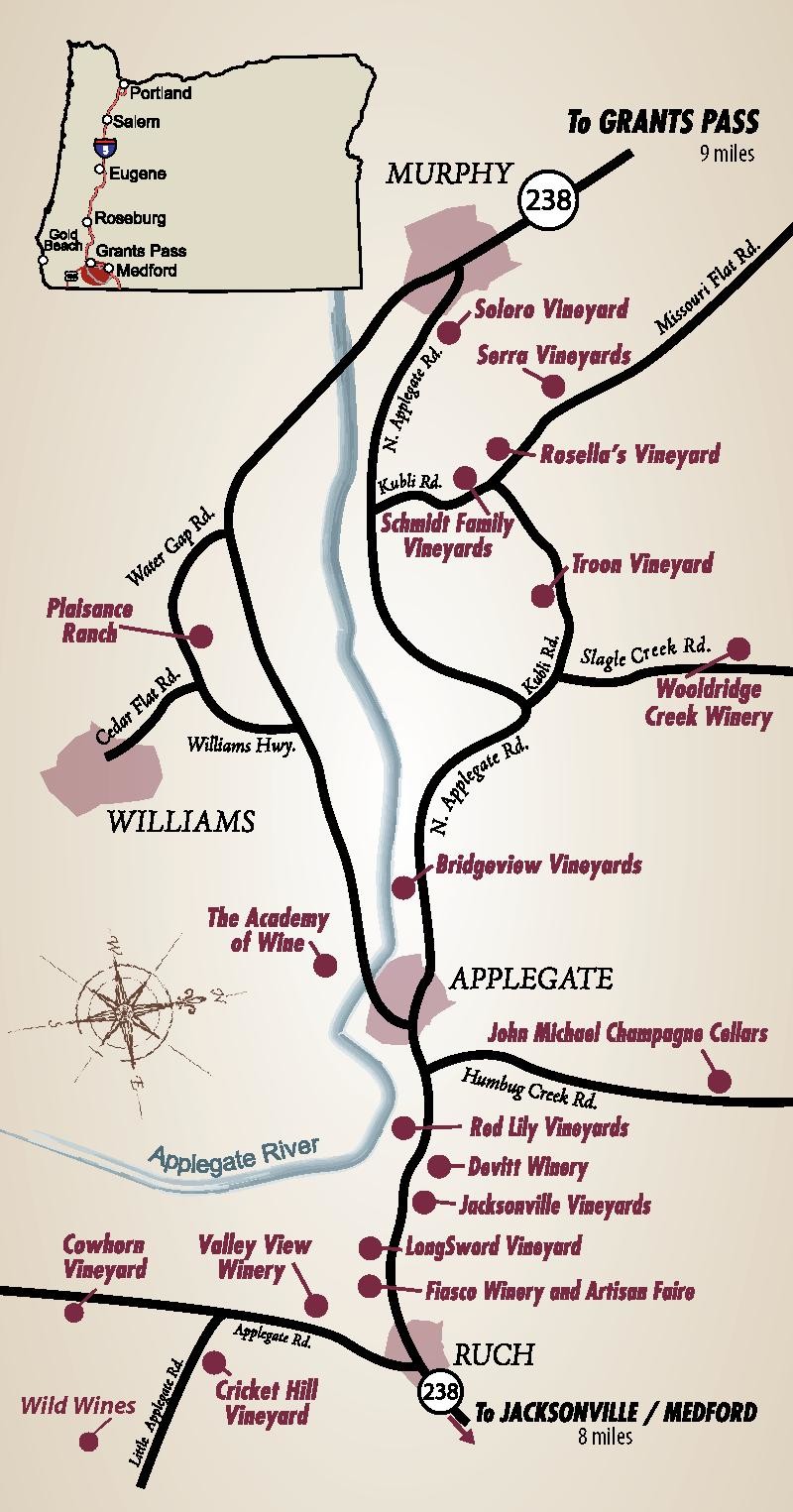The Grapevine’s Life Cycle
Ever wonder what those grapes are up to this time of year?
Well, it’s your lucky day! Rosella’s will give you a quick from vine to wine tour in terms of the seasonal life cycle. But first, did you know the average time a baby vine takes to reach harvest maturity is 3 years? And the average lifespan of relatively consistent grape production is 30 years? Yeah, the “commonalities” between man and the grapevine have more truth than you might suspect. Some things really do improve with age. So, here’s a few things to stick in your journey bag of continuing knowledge.
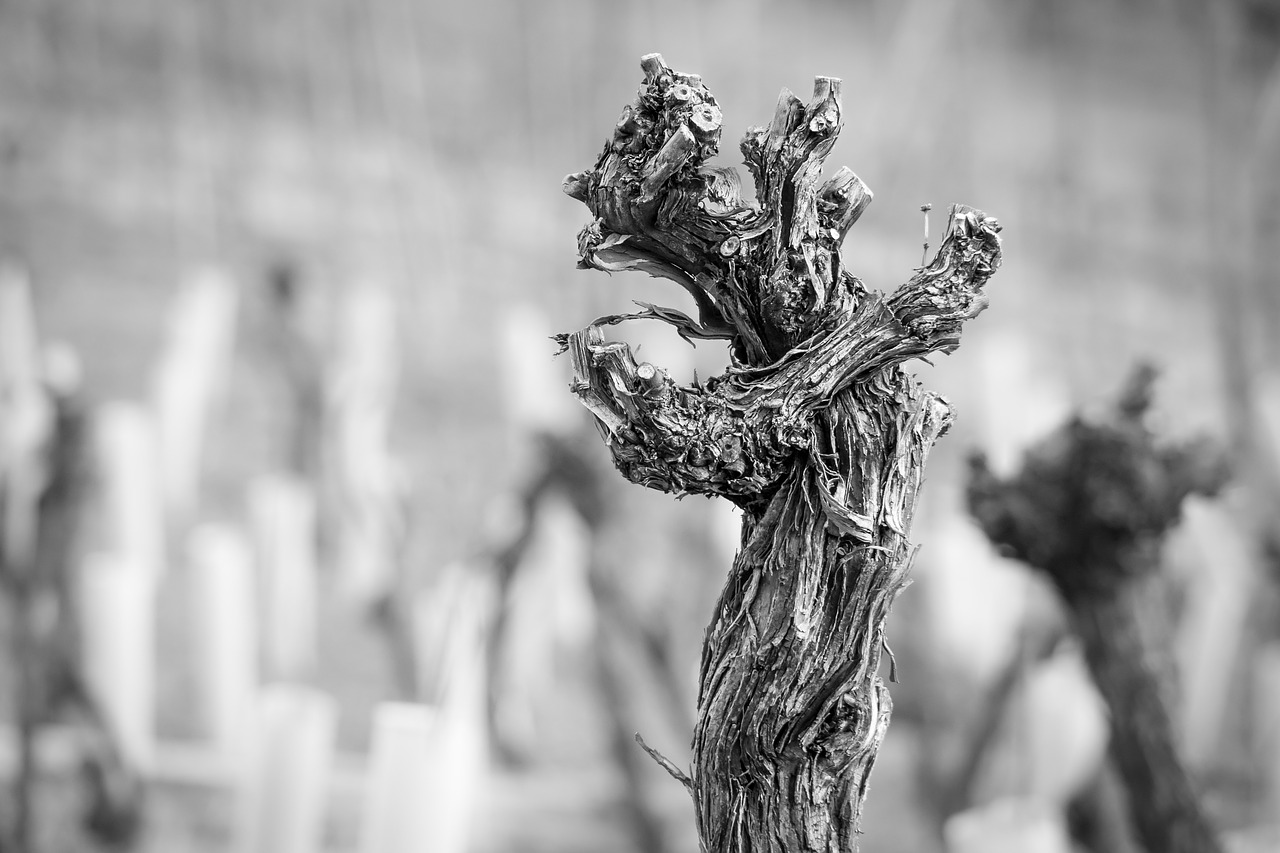 Winter Pruning
Winter Pruning
Similar to the summer harvest, winter pruning takes a great deal of energy and time. It sounds pretty simple, right? Actually, it can be either simple or deeply involved depending on the vineyards chosen set of techniques, and there are quite a few to choose from: single cordon, double cordon, single guyot, double guyot, geneva double curtain, scott henry, pergola…you get the point. Techniques are chosen depending on things like cool or warm climate, air and sun exposure (related to vine type), amount of space needed and production balance.
Spring Budding
This will happen around April and May. As the season warms up, distributing more light and a more agreeable atmosphere, sap will begin to push up the vines and create very tender buds. This is the time of year many vineyard owners are biting their nails because one good hailstorm or late freeze at just the right time could ruin or seriously injure the winemaking process.
Spring Growth Begins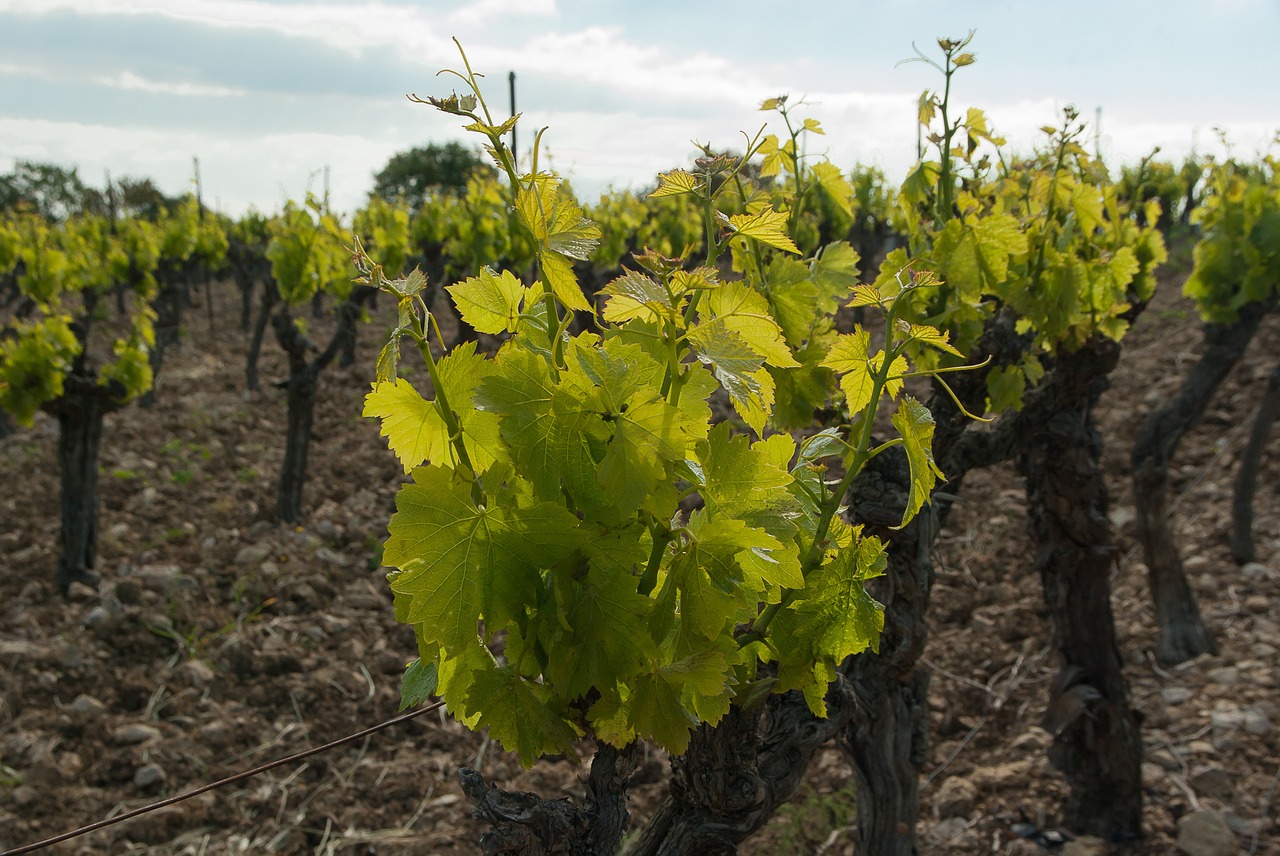
In later Spring, more sturdy growth appears, and this can also be a time to do a bit of pruning. Many owners will choose to cut back downward facing foliage in order to give the plant a chance to produce a more concentrated, quality grape. This is also the stage of what’s known as the perfect flowers because pollination happens without the bee kingdom’s help.
Berry Growth Begins
Around June and July, small clusters of berries begin to emerge. Certain precautions have to be taken in order to protect the incoming fruit as types of bird and deer are particularly tempted by them.
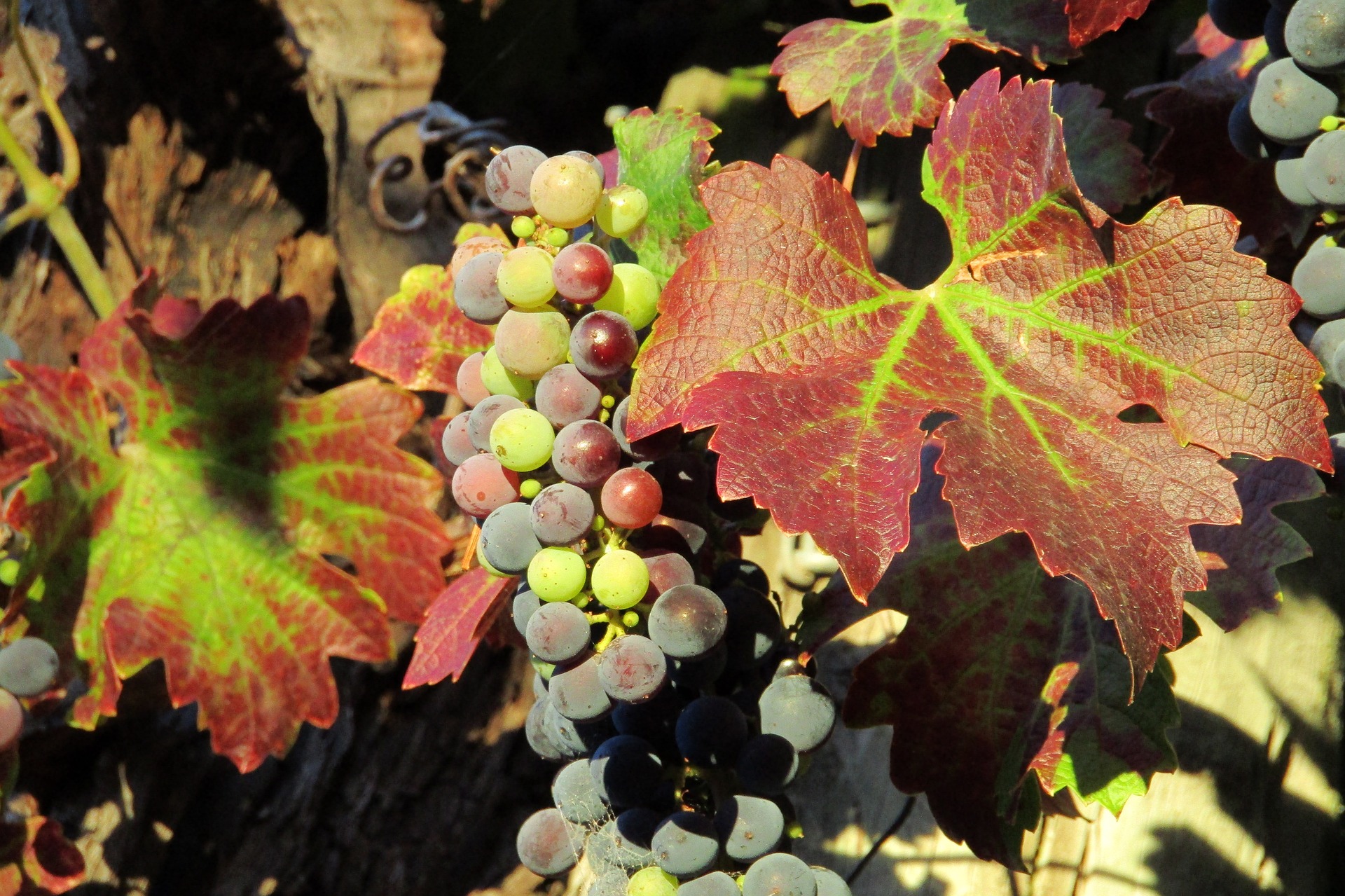 Grape Color Changes
Grape Color Changes
Often known as the Veriason period, grape cells stop dividing and begin to produce sugar. Color changes and grapes begin to feel softer to the touch. This process will is a bit different depending on the vine. It is also a perfect time of year to take a stroll and see all the beautiful hue changes.
Fall Harvest
The process of Vines Lignify begins to occur and the vines themselves become harder and of a darker color. Harvesting usually takes place around September and November. At this time, it is crucial to pick the right week in which pickers can benefit from most of the plants, because grapes do not ripen once picked, and picking too late produces an overly acidic wine.
Late Fall Harvest
Sometimes vineyards do a late fall harvest in order to produce a sweet dessert wine. At this point, the grapes will have dried out a bit more and will have stopped producing carbohydrates drawn from the leaves. The vines leaves also change to different beautiful colors and fall to the ground.
Winter Dormancy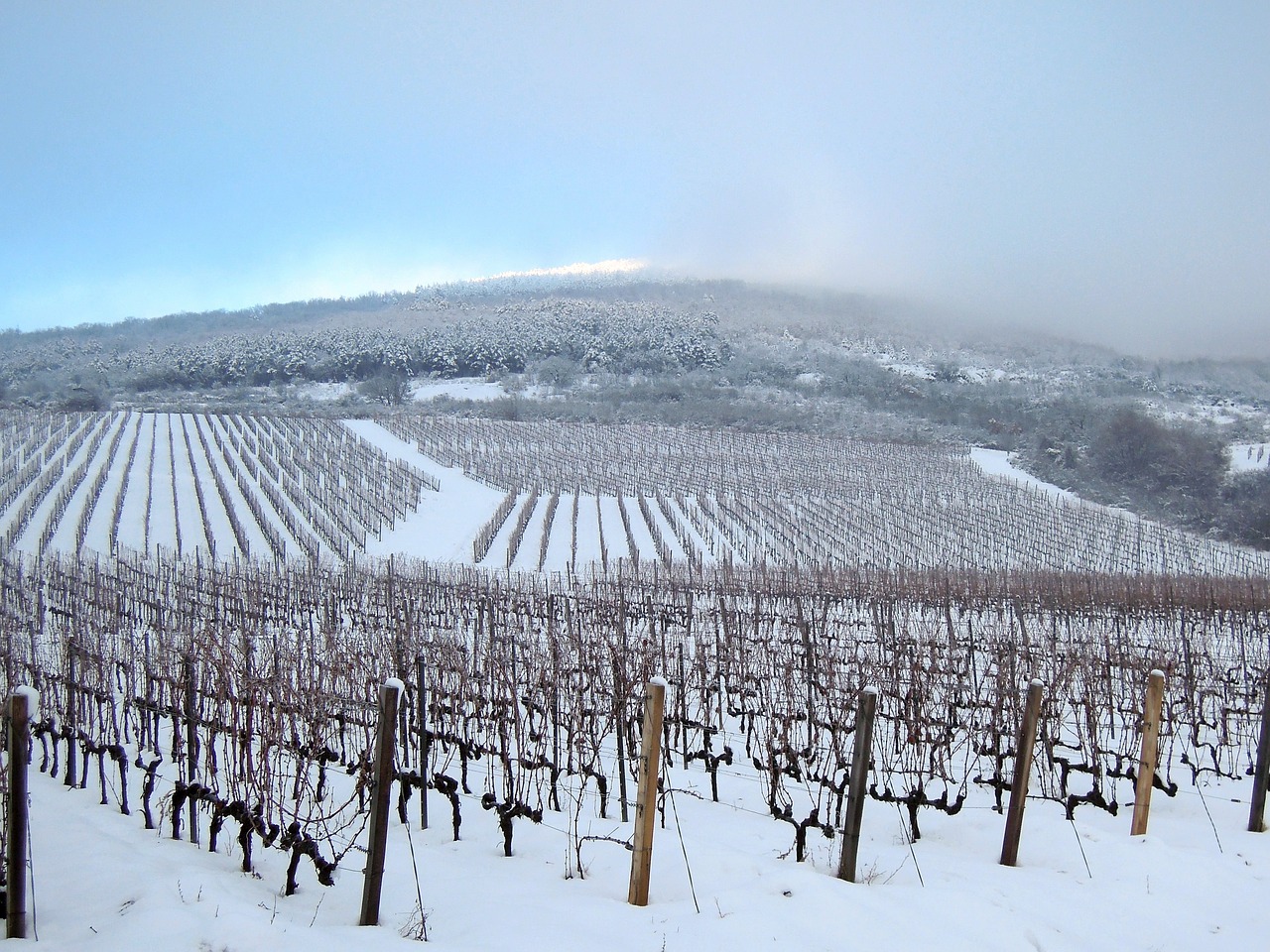
As the cold sets in, all foliage will die off, the plants roots will go into a deep sleep, vines will get trimmed, and the cycle will begin again.
If your looking to sample some really great wine, made possible by a lot of hard work and tender loving care-stop by Rosella’s Tasting room, where you’ll get the whole experience of food pairing samples and all!
~Cheers

